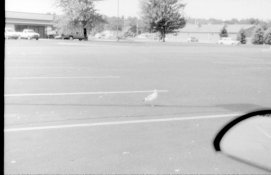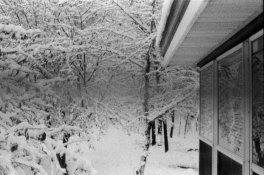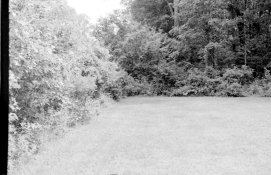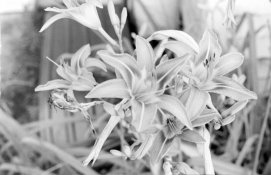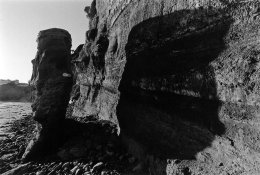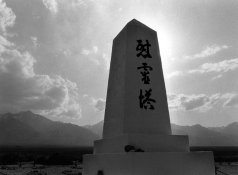pocketshaver
Member
Using Canon FTB n QL and Vitomatic II
With tri x 400 the canons take really bizarre photos, and the Vitomatic II takes classic newspaper type grainy photos that are what I expect to see based on online photos of tri x.
The vitomatic has a meter that seems to have stopped working, but sunny 16 makes that no issue. But the canons have light meteres that are way off from what sunny 16 would tell me to do.
img0017 is a full daylight shot with vitomtic using vitomatic light meter. Not the greatest but its what I expect quality wise based on photos. x21 is full overcast daylight with vitomatic taken through a window, the line is the shade.
compared to the other photo, taken by ftb and using light meter. the summer shots were done the same day I believe.
With tri x 400 the canons take really bizarre photos, and the Vitomatic II takes classic newspaper type grainy photos that are what I expect to see based on online photos of tri x.
The vitomatic has a meter that seems to have stopped working, but sunny 16 makes that no issue. But the canons have light meteres that are way off from what sunny 16 would tell me to do.
img0017 is a full daylight shot with vitomtic using vitomatic light meter. Not the greatest but its what I expect quality wise based on photos. x21 is full overcast daylight with vitomatic taken through a window, the line is the shade.
compared to the other photo, taken by ftb and using light meter. the summer shots were done the same day I believe.





